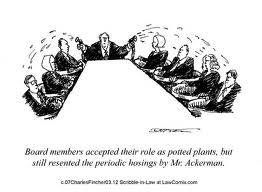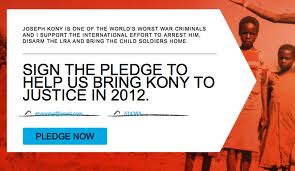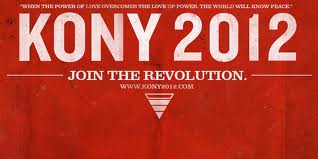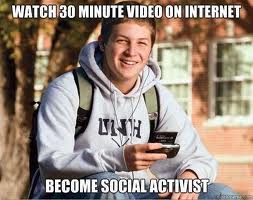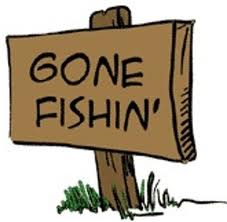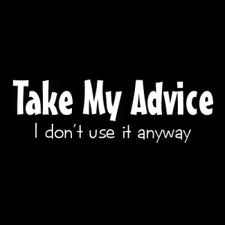 Welcome to O.D. Fridays at DonorDreams blog. Every Friday for the foreseeable future we will be looking more closely at a recent post from John Greco’s blog called “johnponders ~ about life at work, mostly” and applying his organizational development messages to the non-profit community.
Welcome to O.D. Fridays at DonorDreams blog. Every Friday for the foreseeable future we will be looking more closely at a recent post from John Greco’s blog called “johnponders ~ about life at work, mostly” and applying his organizational development messages to the non-profit community.
Today we’re focusing on a post that John titled “Jerry’s Trip to Abilene“. In this post, he uses Jerry Harvey’s story about one family’s ill-advised trip to Abilene, Texas to talk about a concept many people might refer to as “Groupthink“.
In John’s blog and Jerry’s story, none of the four family members really wanted to take a trip Abilene on that hot summer day in Texas. So, how did it happen? The answer is amazingly simple . . . take a self-sacrificing suggestion from one person and add it to three other people’s desire to accommodate the group and THAT is how it happens.
Ohhhhh, come on now! This happens at your non-profit agency all the time. Let me refresh your memory with this fictitious example:
 The executive director explains to board members that something must be done. There isn’t enough private sector fundraising revenue being generated. If more donations aren’t secured soon, then the agency will run a budget deficit at the end of the year.
The executive director explains to board members that something must be done. There isn’t enough private sector fundraising revenue being generated. If more donations aren’t secured soon, then the agency will run a budget deficit at the end of the year.
Someone speaks up and suggests the agency run a unique, new special event fundraiser that they just saw another organization run in a different community. Another person jumps on the bandwagon with a suggestion pertaining to venue, and another person jumps in with a suggestion pertaining to who should be recruited to chair the event. The last person shrugs their shoulders and makes a neutral comment about how this is the most excited they’ve seen everyone get about a fundraising idea in the last decade.
(Side note: the resource development professional has their head buried in their hands trying to choke back their tears.)
So, the event is held, the bills are paid, and it is discovered that a little bit of money was generated but not nearly enough to avoid a year-end deficit. During the post-event critique meeting, everyone seems to pile on negative comments, shake their heads and tell the group that they knew it wouldn’t work.
(Side note: the resource development professional still has their head buried in their hands trying to choke back their tears.)
What went wrong? Well, it is the same thing John Greco said in his blog, and the same thing Jerry Harvey said in his original Abilene story. (By the way, please circle back and read those links.)
So, what should you do to make sure this doesn’t happen to your non-profit organization?
Invest in diversity!
 When recruiting boards and committees, make sure that you have a diversity of different kinds of people around the table. Too many non-profit organizations chase critical thinkers (aka contrarians) away because they can be “pains in the butt”. They are the people who like playing devil’s advocate, and they can be difficult especially when you’re desperately needing to build consensus. However, they certainly come in handy in situations when you can’t afford to take a trip to Abilene.
When recruiting boards and committees, make sure that you have a diversity of different kinds of people around the table. Too many non-profit organizations chase critical thinkers (aka contrarians) away because they can be “pains in the butt”. They are the people who like playing devil’s advocate, and they can be difficult especially when you’re desperately needing to build consensus. However, they certainly come in handy in situations when you can’t afford to take a trip to Abilene.
So, non-profit professionals need to be skilled at asking the right volunteers to get involved in the right conversations. Or perhaps we need to get better at facilitating constructive conflict. Or better yet non-profit professionals need to get better at leadership and applying a strong teachable point of view.
Did the fictional story about adding one more special event in an attempt to desperately raise some cash resonate? Do you have a story to share about a personal “trip to Abilene” that you or your agency might have taken? Do you have additional suggestions on how to avoid that long and hot road to Abilene? Please use the comment box below to weigh-in with your thoughts. Remember to also check out other blog posts on organizational development by John Greco at his blog johnponders ~ about life at work, mostly.
Here’s to your health!
Erik Anderson
Founder & President, The Healthy Non-Profit LLC
www.thehealthynonprofit.com
erik@thehealthynonprofit.com
http://twitter.com/#!/eanderson847
http://www.facebook.com/eanderson847
http://www.linkedin.com/in/erikanderson847




